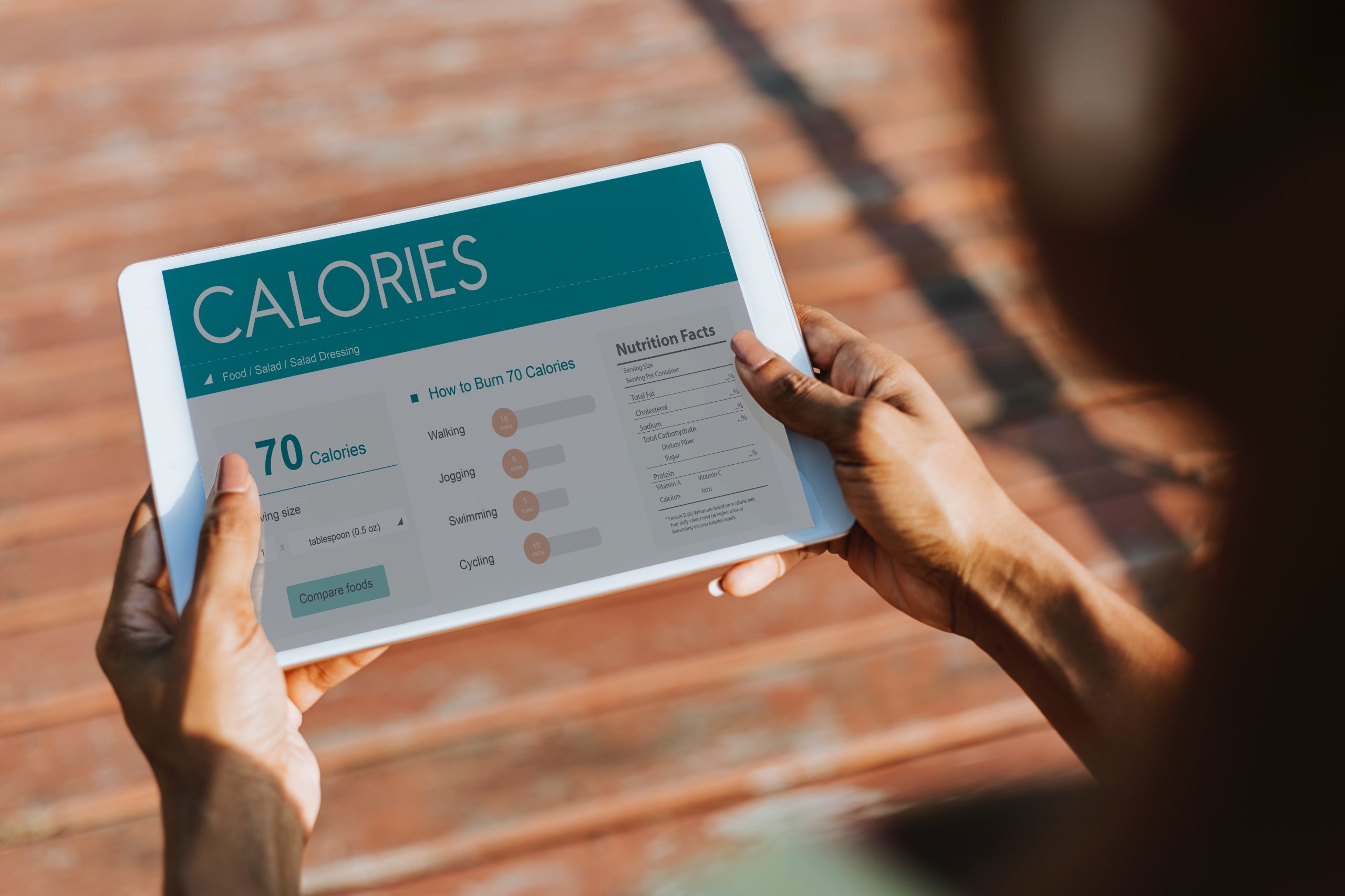Written by Chris Jones, ToVPN
The world is fast evolving technologically and so is each sector in every sphere of life. Economics, transportation, commerce, sports and particularly healthcare are now adopting technological solutions in their day to day operations. Owing to the upsurge and prevalence of certain diseases such as diabetes and cancer, digital healthcare has in the past couple of years gathered remarkable momentum in the inclusion of technology in its advancement.
Financial Overview of the Digital Healthcare Sector
The adoption of technology in the healthcare sector is evident – especially in the numbers. Just three years ago, the digital health market was valued at 179.6 billion US Dollars with a projected Compound Annual Growth Rate (CAGR) of 13.40% between 2017 and 2025.
By the end of 2025, the market value is projected to have risen to 536.6 billion US Dollars. All these data were computed and published byTransparency Market Research(TMR).
Disruptive Technologies Explained
There are several technologies being applied in healthcare but it would be pertinent to note that these three, in particular, have resulted in major disruption within the sector:
Artificial Intelligence (AI): It is not an unknown fact that AI is the capability of machines and robots to mimic the functionalities of the human brain and perform its functions in a more efficient and cost-effective way. Its application in healthcare is depicted eight major ways – keeping well, early detection, diagnosis, decision making, treatment, end-of-life care, research, and training.
The potential for AI in healthcare is very vast hence, it is projected to continue at a CAGR of 42% up till 2021. The expected achievements of this technology are astounding patient results, cheaper treatment costs, and treatment plans that are specifically tailored for the patients without undergoing the unnecessary hospital bureaucracy.
Internet of Things (IoT): IoT is a technology that is fairly familiar with all and sundry because of its inclusion in homes, schools, and offices. With relation to healthcare, the Internet of Medical Things (IoMT) is poised at delivering more efficient communication, monitoring, treatment and data flow between patients and medical practitioners. This technology is harnessed through the use of wearable devices such as heart rate monitoring cuffs and fitness bands which transfer data to a smartphone device via modern connectivity protocols.
According to a study conducted by the Center of Connected Health Policy, the use of IoMT has resulted in a 50% reduction in 30-day readmission rate by remotely monitoring heart failure patients. This technology aims to achieve simultaneous reporting and monitoring, affordability, data analysis by experts, tracking and alerts, research and most of all remote medical assistance.
3D Printing: Also a very familiar technology, it will surprise a lot of people to know that 3D printing also has its usefulness in healthcare. A lot of funding is actually being pumped into biotech companies such as Prellis Biologis and ;”>Volumetric Bio in order to produce groundbreaking achievements in printing replacement parts including eyes, bones, tissues, and blood vessels.
In summary, this technology helps improve the lives of those using prosthetics, manufacture cheaper but durable surgical tools, hasten surgical procedures and ultimately replace organ transplants in humans.
Security concerns in IoMT
From all indications, digital healthcare seems to be the way forward in medicine with its mouth-watering, cost-effective and lifesaving benefits. Policy creators, however, have expressed concerns in these technologies particularly with relations to security. Digital healthcare is looking to become pervasive with the inclusion of IoT, meaning data can be accessed from anywhere and anytime.
The average IoT device is unencrypted and usually, its users do not take software updates of these devices as seriously as it should be. The implication of the aforementioned is quite severe as hackers could take over control of the device and there have been several security penetration tests and hack attempts to prove that IoMT devices such as pacemakers and insulin pumps can be manipulated and used to cause severe damage or possibly death to its users.
Asides from the apparent need to constantly update the software of IoT devices when they are released, medical devices used at home or hospital (vital monitors, sensors detecting a fall etc) can be secured with a VPN installed on a router. The devices used on the go, however, such as pacemakers, will be vulnerable to hacking as soon as you’re out of your secure home network.
Data concerns in Telehealth
Telehealth—a branch of digital healthcare that involves the access, monitoring and management of healthcare services through the use of electronic devices also poses a lot of questions regarding security and privacy not from the IoMT device but from its monitoring or reporting device. It is not impossible for hackers to get a hold of the monitoring device or breach the transmitting network in order to exploit patients’ data for malicious reasons.
It is obviously without question that humans stand a lot to gain from the proliferation of digital healthcare services all around the world but just like every other disruptive technology, security, and privacy concerns seriously persists. Constant work and research are ongoing by policy creators and stakeholder agencies to ensure that users’ data are kept as secure as possible both from the transmitting end and on the receiving end.








